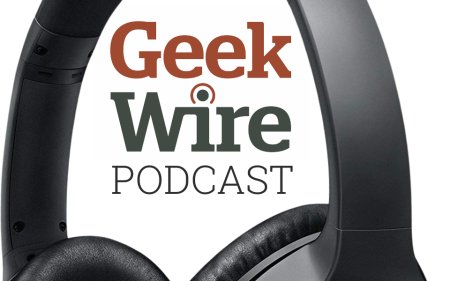Analytics vs. Instinct: Inside the Seahawks’ Critical Fourth Quarter Decision
In the high-pressure world of NFL coaching, decisions often come down to a delicate balance between data-driven analytics and gut instinct. This tension was on full display during the Seattle Seahawks’ season opener against the San Francisco 49ers, where rookie head coach Mike Macdonald faced a pivotal fourth-quarter decision that would ultimately shape the outcome of the game. With the score tied at 10 and the Seahawks positioned at 4th-and-1 on the 49ers’ 19-yard line, Macdonald opted for a field goal despite analytical models suggesting otherwise. The decision, which gave Seattle a short-lived 13-10 lead before San Francisco rallied to win 17-13, offers a fascinating window into the modern coaching mind and the ever-evolving relationship between technology and human judgment in professional sports.
During his Monday radio appearance on Seattle Sports 710, Macdonald candidly described the internal conflict he experienced when making this critical call. “It was a tough one,” he admitted to hosts Brock Huard and Mike Salk, acknowledging that the team’s analytical model had indeed recommended going for the first down. The rationale behind this recommendation was clear: converting would grant the Seahawks a fresh set of downs, significantly increasing their chances of scoring a touchdown rather than settling for three points. Yet in the heat of the moment, with seconds ticking away and thousands of eyes watching, Macdonald trusted his instincts over the data. This moment perfectly encapsulates the challenge facing today’s NFL coaches – balancing the cold, calculating precision of advanced analytics with the nuanced, experience-based decision-making that has traditionally defined the profession.
The seeming contradiction between Macdonald’s decision and his stated coaching philosophy adds another layer of intrigue to this situation. In a previous interview with GeekWire, the coach described his approach as blending “old school principles and new school methods,” suggesting a willingness to embrace technology for competitive advantage. “We have a way to measure the advantage you get for going for it on fourth down,” Macdonald explained. “Every team has that.” This statement makes his departure from the analytical recommendation all the more interesting, highlighting the complex reality that even the most technology-friendly coaches still rely heavily on intuition when the pressure mounts. Despite feeling “pretty strongly” about his decision to kick the field goal, Macdonald later acknowledged there was “definitely an argument to go the other way,” revealing the lingering doubt that often accompanies such high-stakes choices.
The Seahawks’ situation reflects broader trends across the NFL, where technology’s role continues to expand while maintaining clear boundaries. Through its partnership with Microsoft, the league provides coaches and players with various technological tools during games, including a new GitHub Copilot feature that introduces enhanced AI capabilities for reviewing plays more efficiently. However, the NFL has been explicit about its limitations, stating, “We feel AI can streamline processes, but cannot be a substitute or supplement for coaches developing adjustments and strategies on game day.” This official position underscores the league’s commitment to preserving the human element of coaching while acknowledging technology’s supporting role. For teams like the Seahawks, this means having access to sophisticated analytical models while retaining the freedom – and responsibility – to override these recommendations based on factors that algorithms might not fully capture.
The aftermath of Macdonald’s decision serves as a compelling case study in the consequences of these split-second coaching judgments. By choosing the field goal, the Seahawks took a temporary lead but ultimately gave the ball back to the 49ers, who capitalized with a touchdown drive to secure the victory. While it’s impossible to know with certainty what would have happened had Macdonald followed the analytics and gone for the first down, the outcome inevitably invites speculation and second-guessing. Would converting on fourth down have led to a touchdown and a more substantial lead? Or would a failed attempt have given San Francisco better field position and an easier path to victory? These unanswerable questions highlight the inherent uncertainty in football decision-making, where even the most sophisticated predictive models can only provide probabilities, not guarantees.
As the Seahawks move forward from this opening loss, Macdonald’s approach to balancing analytics and instinct will remain under scrutiny. The incident serves as a microcosm of the broader evolution happening across professional sports, where traditional wisdom increasingly coexists with cutting-edge data analysis. For fans, players, and fellow coaches, this tension creates a fascinating subplot to the on-field action – a chess match within the chess match, where decisions about when to follow or ignore the numbers can prove just as consequential as the physical execution of plays. In Macdonald’s case, his willingness to transparently discuss the thinking behind his choice reflects a coach still developing his decision-making framework, balancing the promise of technology with the irreplaceable value of human judgment. As the season progresses, how he navigates this balance may ultimately define both his coaching identity and the Seahawks’ success in 2023.













